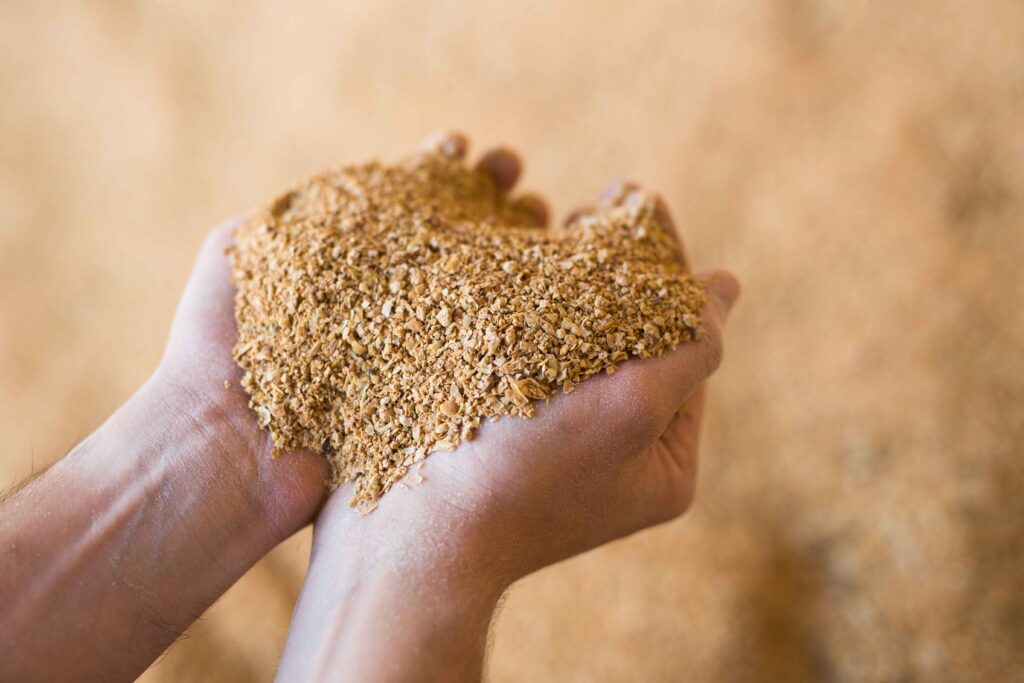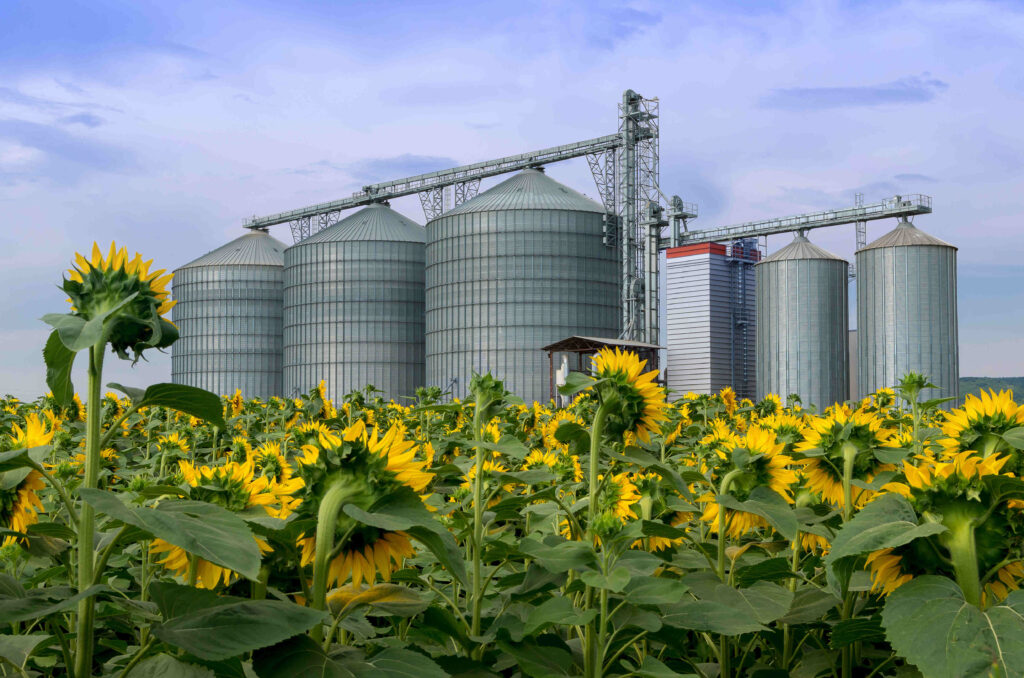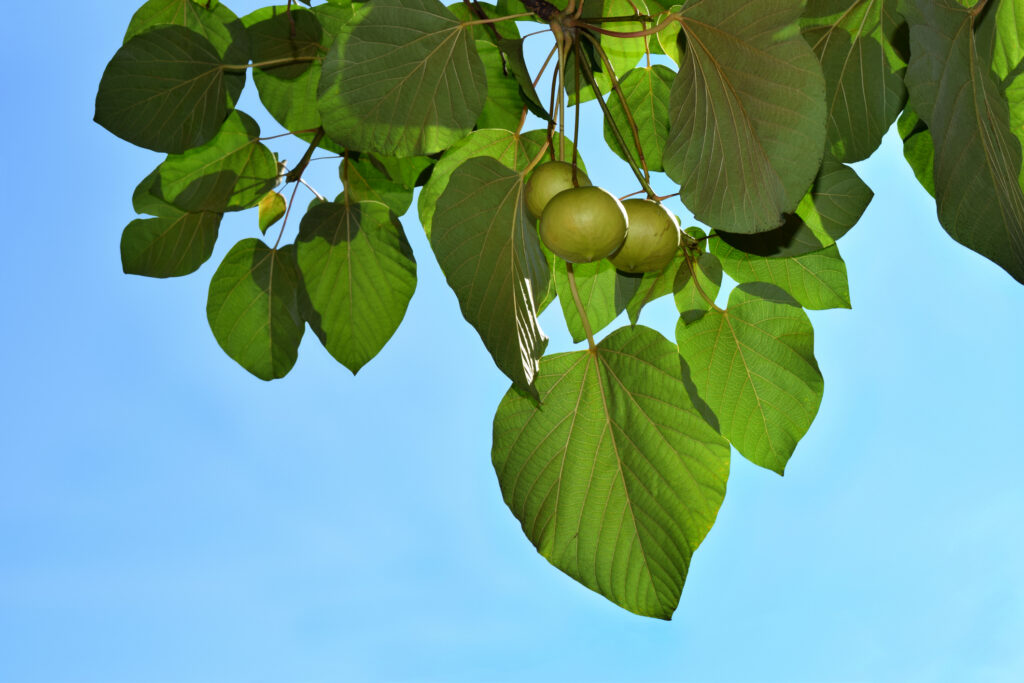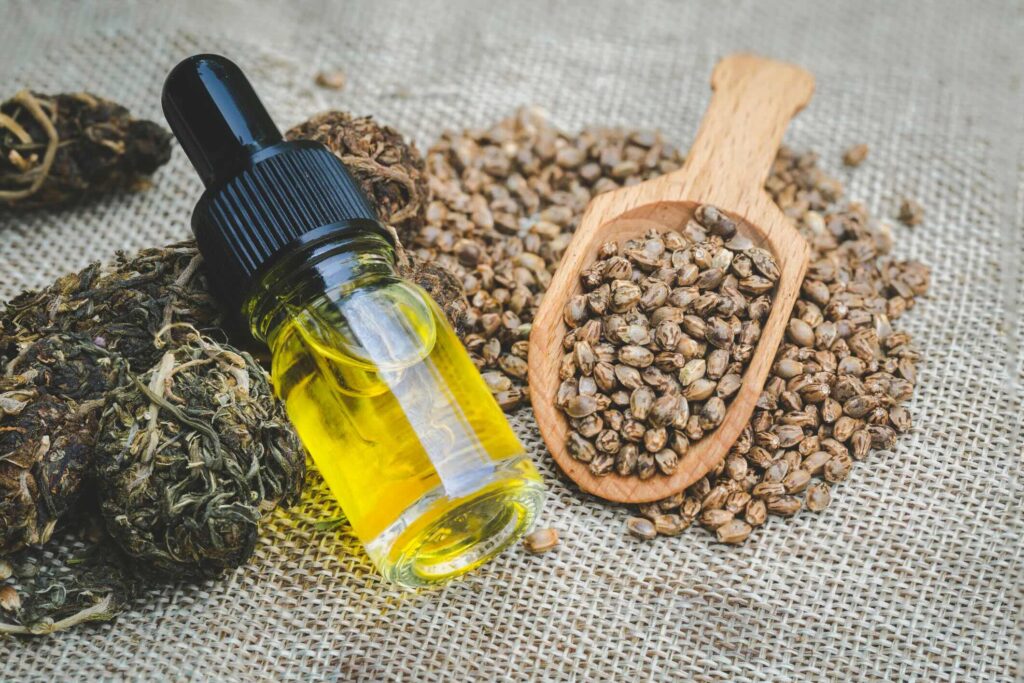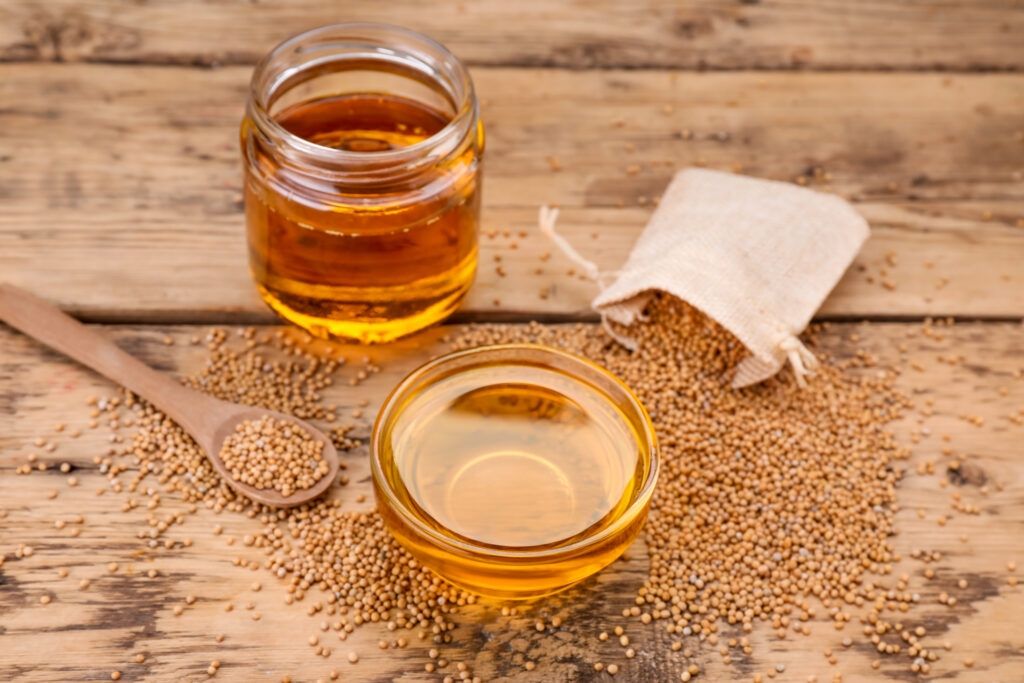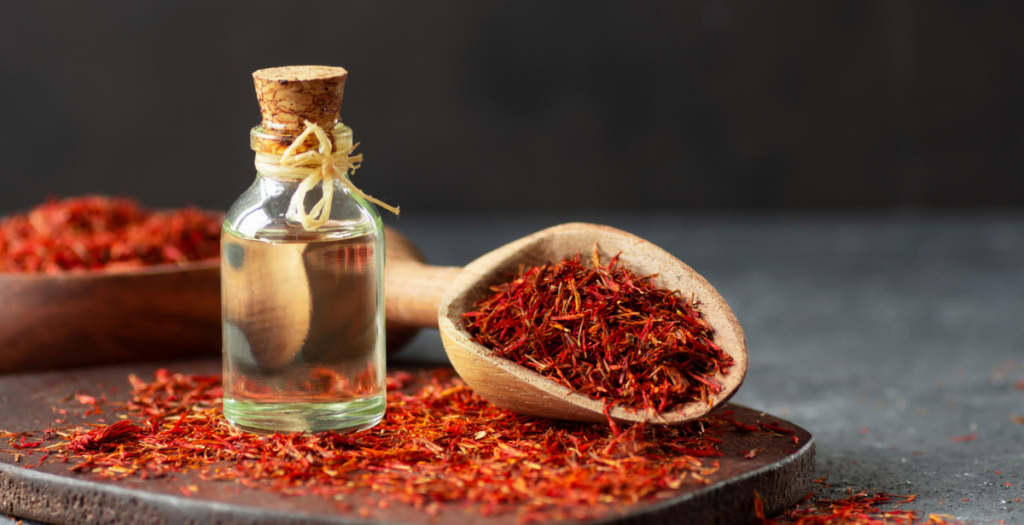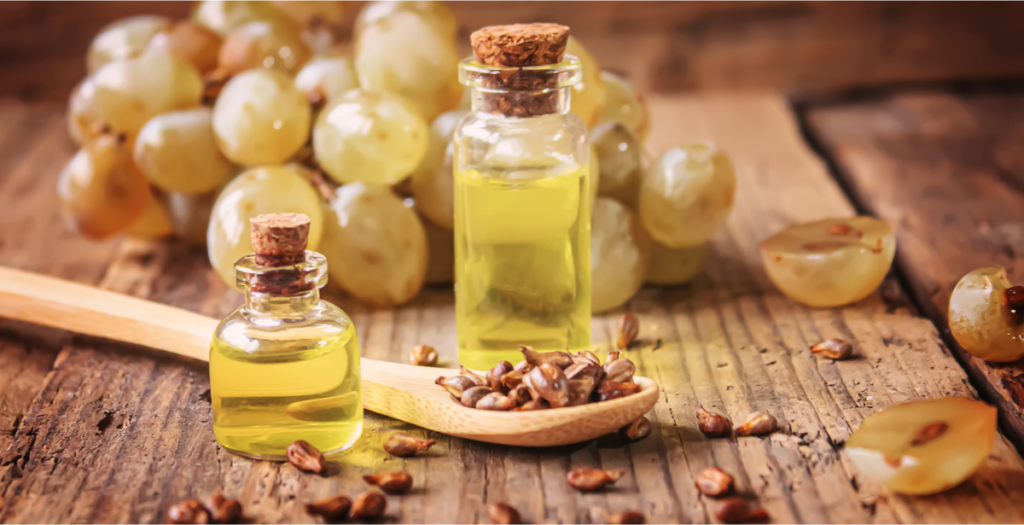Extrusion technology has been used to process grains and seeds for nearly a century. As processing methods evolved, extrusion systems like Anderson’s popular Dox™ Extruder have advanced to become essential apparatus in many operations. But long before the Dox was invented, Anderson’s feed extrusion expertise originated with a modest machine called the Expander-Extruder-Cooker™, or EEC.…
Enhancing Feed Extrusion with Anderson’s Expander-Extruder-Cooker™
